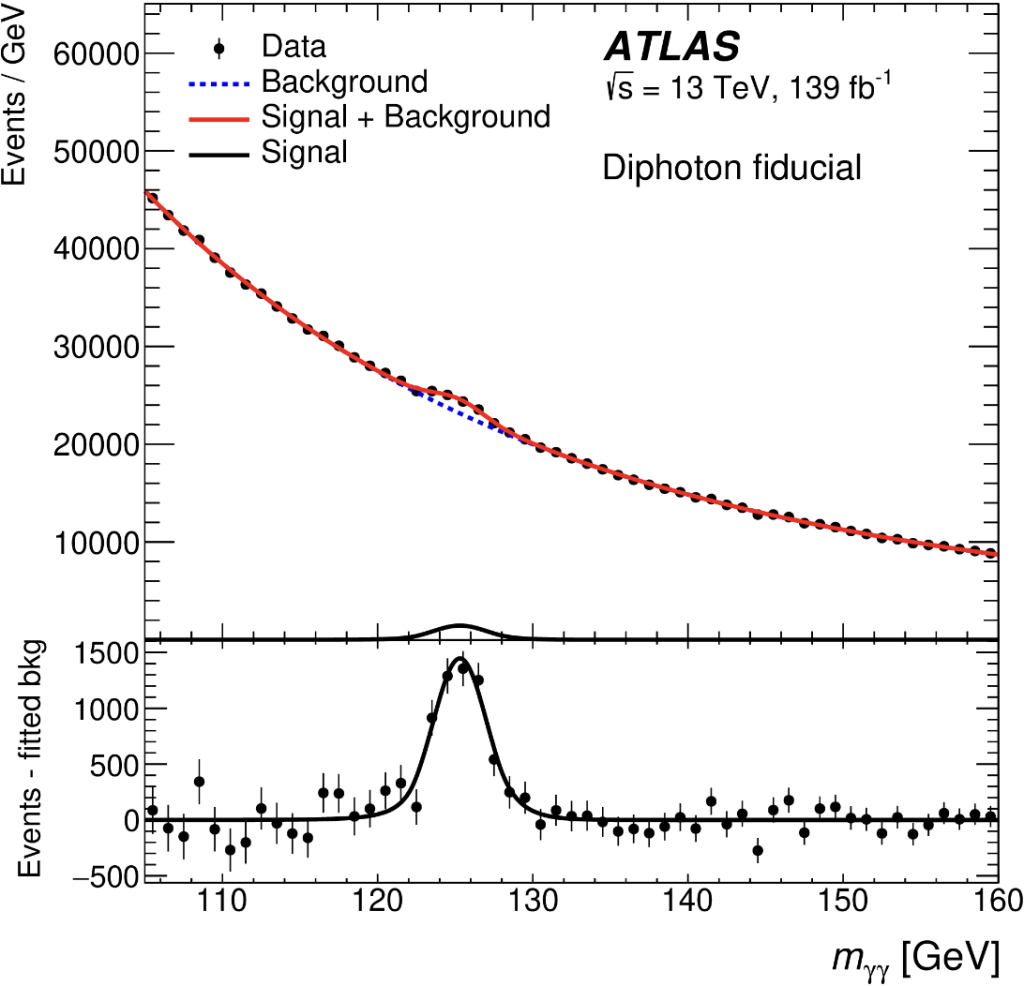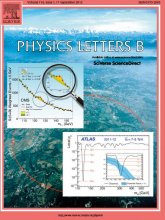LAPP celebrates 10 years of the Higgs boson discovery
In 2012, the ATLAS and CMS collaborations at CERN announced the discovery of the Higgs boson, the long-sought subatomic particle that reveals the origins of mass. Today we trace how this discovery took place, the role of LAPP in it and what it implies for the world of physics.
A long road to discovery
In 1964, Robert Brout, François Englert and Peter Higgs proposed an existence of a new quantum field (Higgs field) and its quantum manifestation (the Higgs boson). Only particles that interact with the Higgs field acquire mass. This mechanism solves a symmetry problem observed in the Standard Model of particle physics. This solution worked mathematically, but required experimental confirmation: the discovery of the Higgs boson.
To produce a Higgs boson, scientists have to collide particles at high enough energies to allow its production. The LEP (predecessor of the LHC at CERN, 1989-2000) did not have high enough energy to produce the Higgs boson. With the commissioning of the LHC and the ATLAS and CMS detectors in 2010, the exploration of higher energies became possible.
The ATLAS group at LAPP focused on the search for the Higgs boson in its decay into two photons (H→ɣɣ). This choice was natural given the group’s involvement in the construction, commissioning and calibration of the ATLAS liquid argon calorimeter. In particular, the photon energy calibration performed at LAPP was an essential part of the discovery, because it ensured correct mass determination and the best possible experimental resolution. The physicists in the group developed the H→ɣɣ analysis long before the LHC start-up. The group’s contributions to the discovery analysis included the background modeling, which was crucial due to the low signal-to-background ratio, and the final statistical analysis with the relevant cross-checks to ensure the correctness of the results. Our statistical analysis also offered first insight into Higgs couplings through separate measurements of different Higgs-production mechanisms. Due to the rather low mass of the Higgs boson ( 125 GeV), the diphoton channel to which the ATLAS LAPP group contributed happened to be the most important discovery channel. The announcement of the discovery of the Higgs boson was finally made by the ATLAS and CMS collaborations on July 4, 2012. The following year, François Englert and Peter Higgs won the Nobel Prize in Physics for this discovery.
After the discovery
Today the diphoton decay channel makes it possible to perform precise studies of the Higgs boson differential production cross section as a function of the different kinematic variables, such as the number of co-produced jets.
At the heart of the group’s work is the measurement of couplings of the Higgs boson and its “Simplified Template Cross Sections” (STXS). The group is invested in several aspects of the analysis: the modeling of backgrounds, the optimization of categories corresponding to different production modes using “machine learning” approach, statistical processing and theoretical interpretation. The results are interpreted using an Effective Lagrangian approach (Effective Field Theory, EFT), which provides sensitivity to phenomena beyond the Standard Model.
In addition to coupling measurements, the ATLAS LAPP group is also involved in studies of other properties of the Higgs boson, such as mass and width. We also searched for other low-mass (10-60 GeV) and high-mass (over 125 GeV) Higgs bosons.

The LAPP ATLAS group also contributed to the search for the simultaneous production of two Higgs bosons. Observing the coupling of the Higgs with itself remains one of the major objectives of the Run 3 program of the LHC and HL-LHC. Measuring this coupling will give access to the shape of the potential of the Higgs field.
In addition to studies on the Higgs boson, the LAPP group searches for new phenomena in the final state with two leptons and studies the interactions with several gauge bosons (W, Z, y), and their scattering. Observing anomalies in these rare processes would be a sign of new physics.
More data and higher energy delivered by the LHC during Run 3 and the HL-LHC will allow us to test the Standard Model with precision not achievable before.
More information:
- ATLAS press release: https://atlas.cern/Updates/Press-St…
- CERN press release: https://home.cern/news/press-releas…


